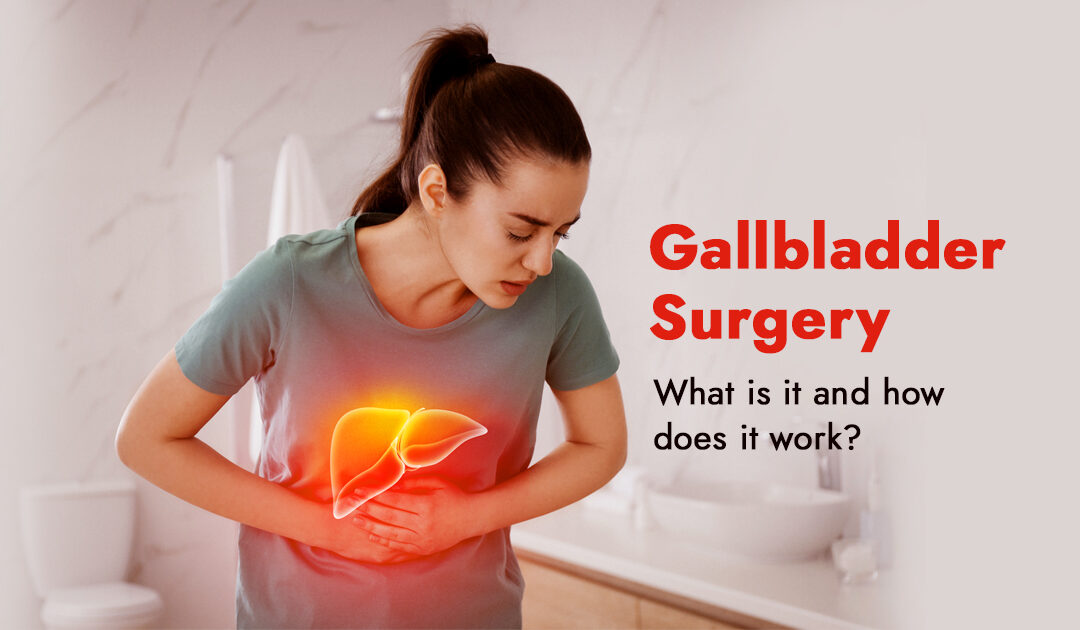Nestled under the liver, the gallbladder is a little pear-shaped organ that is essential to digestion because it stores and concentrates bile, a fluid that aids in the breakdown of lipids in the small intestine. But occasionally, issues can occur that necessitate cholecystectomy, or surgery to remove the gallbladder.
When is this surgery necessary?
Gallbladder removal may be necessary for a number of disorders, mainly those that result in inflammation, infection, or obstruction:
- Gallstones: Within the gallbladder, these are hardened cholesterol deposits. Although gallstones may not cause any symptoms in some people, they can occasionally cause:
- Gallbladder inflammation resulting in severe upper right abdominal discomfort, nausea, vomiting, and fever is known as cholecystitis.
- Biliary colic is a sudden, excruciating discomfort in the upper back or upper right abdomen that is frequently brought on by fatty meals.
- Pancreatitis: Pancreatic inflammation, possibly brought on by gallstones obstructing the pancreatic duct.
- Acalculous cholecystitis, or cholecystitis without gallstones, is a disorder that can arise from causes other than gallstones, such as infections or thickening of the gallbladder wall.
- Gallstones in the bile duct are known as choledocholithiasis, and they can lead to liver damage and other complications like jaundice, or yellowing of the skin and eyes.
Following Surgery to Remove the Gallbladder: Recovery
After surgery, what to anticipate is:
Hospital stay: Depending on the procedure, you may go home the same day or spend the night in the hospital.
Recuperation at home: Pain and discomfort are likely to be experienced, but they can be controlled with medicine and rest.
Dietary restrictions: You should probably start off on a clear liquid diet and work your way up to a regular diet as you are able.
Activity limitations: Your physician will offer advice on particular restrictions and a phased-in return to your regular activities.

